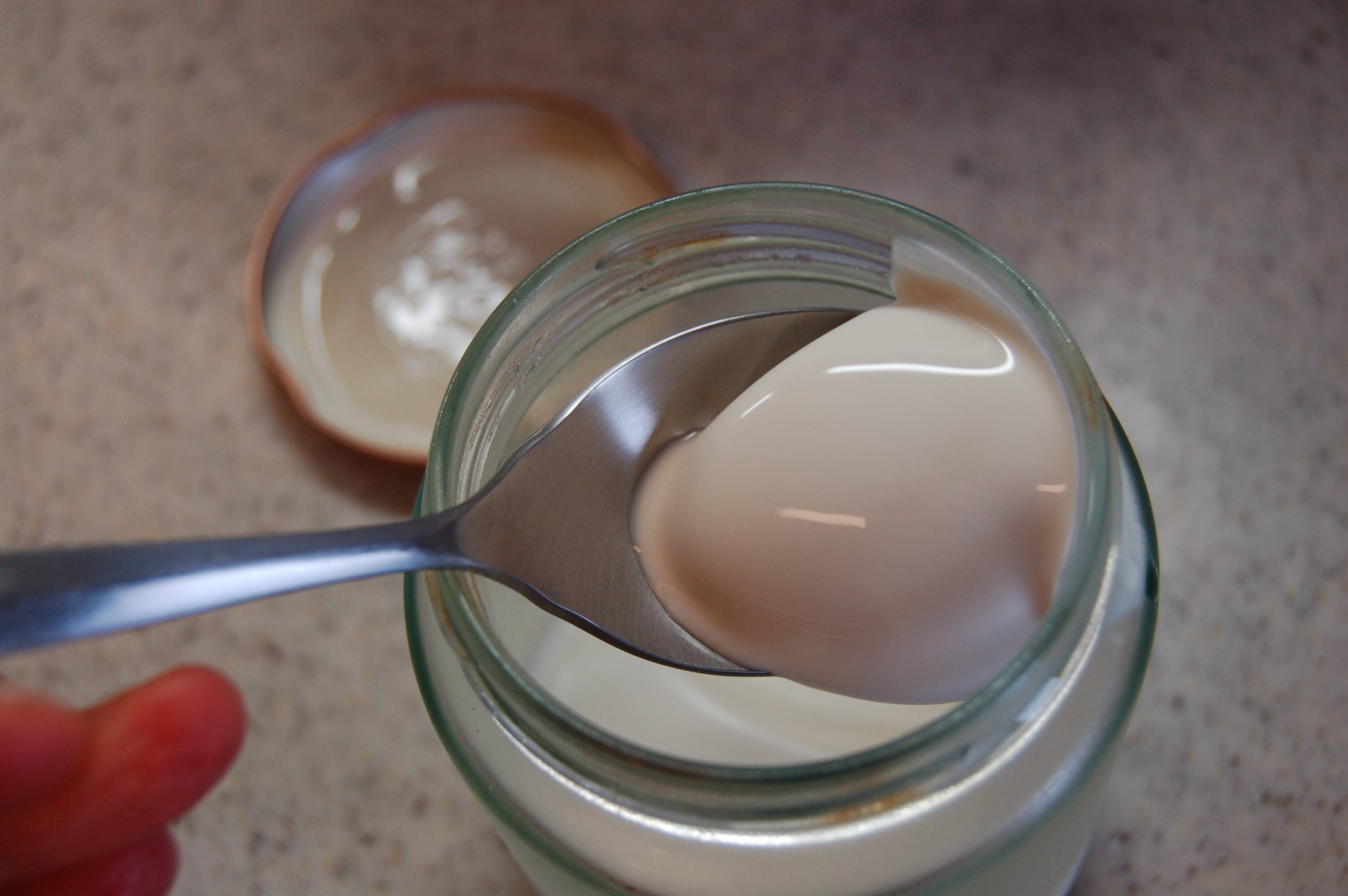The fundamental first step in any recipe that involves Japanese rice is to wash it. What most people don’t realize is that the starchy water that remains after washing is a surprisingly useful ingredient in the kitchen.
The primary use of togi-jiru (the starchy water) is to parboil dense vegetables such as tōgan (winter melon), gobō (burdock root) and daikon. Where parboiling in plain water tends to rob the vegetables of their flavor and nutrients, the natural rice oils in togi-jiru lock them in while they tenderize. Vegetables that are parboiled in togi-jiru are also ready to absorb flavors from subsequent simmering in seasoned broth — the secret to super-tender, deeply flavored wheels of daikon found in oden (stewed foods commonly eaten in winter).
Togi-jiru also has cosmetic uses: moisturizing (the creamy sediment does wonders for chapped hands) and deodorizing (it also removes the smell from your hands after chopping garlic, and curry and other odors from pots and pans).

















With your current subscription plan you can comment on stories. However, before writing your first comment, please create a display name in the Profile section of your subscriber account page.